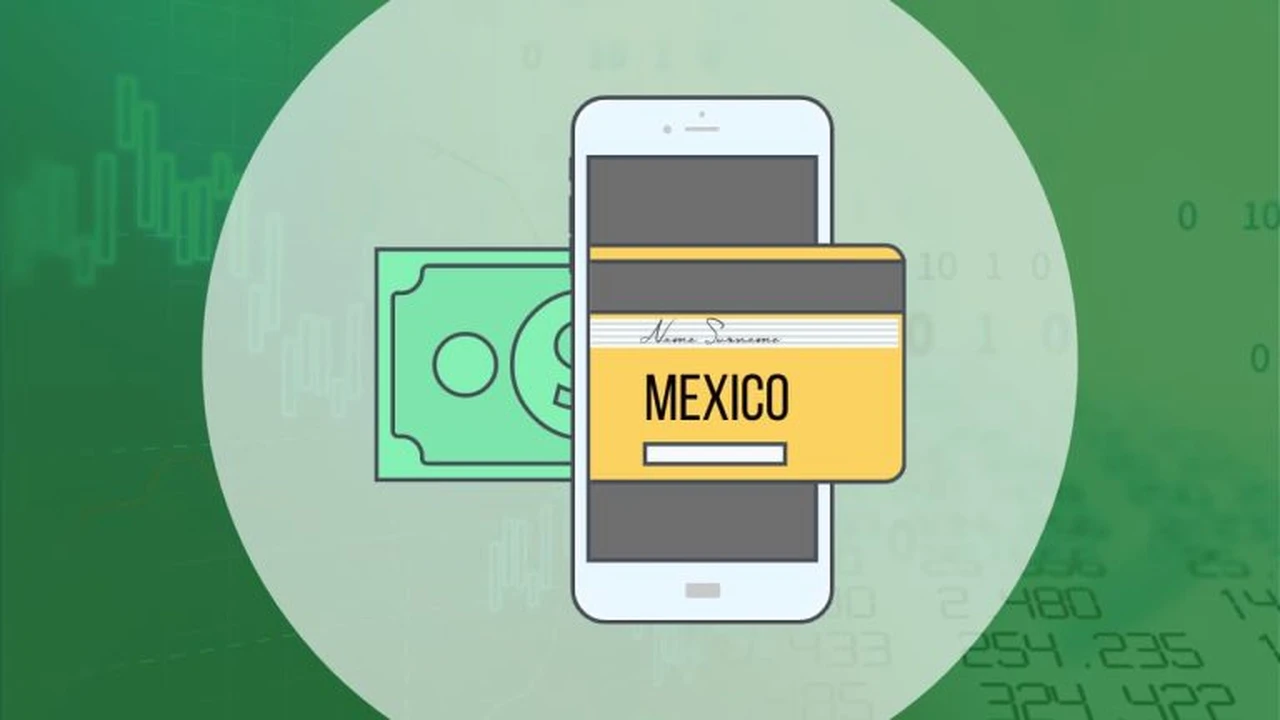The Best Shipping Options for Small Businesses in SEA & Mexico
OK, here's the expanded article content for the 15th article in the "Logistics and Shipping for E-commerce in SEA & Mexico" category, adhering to your specifications.Sample meta description.

Understanding the E-commerce Logistics Landscape in Southeast Asia & Mexico
So, you're a small business owner diving into the exciting world of e-commerce in Southeast Asia (SEA) and Mexico? Awesome! But let's be real, figuring out the logistics and shipping can feel like navigating a jungle. Different countries, different customs regulations, different consumer expectations – it's a lot. This guide breaks down the best shipping options, helping you deliver a smooth and profitable experience for your customers.
First things first, understand that SEA is incredibly diverse. We're talking Singapore's ultra-efficient infrastructure vs. the challenges of reaching remote areas in Indonesia or the Philippines. Mexico, too, has its complexities, with varying levels of infrastructure and security concerns across different regions. A one-size-fits-all approach simply won't cut it.
Choosing the Right Shipping Carrier: A Comparison of Options for SEA & Mexico E-commerce
Okay, let's talk carriers. You've got a few main players to consider, each with their own strengths and weaknesses:
- International Giants (DHL, FedEx, UPS): These guys are the titans of the shipping world. They offer reliable service, global reach, and sophisticated tracking. However, they tend to be pricier, which might not be ideal for small businesses just starting out. Think of them as the premium option when you need guaranteed delivery and top-notch service.
- Regional Specialists (e.g., Ninja Van, J&T Express, Lalamove in SEA; Estafeta, Redpack, iVoy in Mexico): These carriers are laser-focused on specific regions. They often offer more competitive pricing and a better understanding of local nuances. For example, Ninja Van in SEA is known for its extensive network and focus on e-commerce deliveries. In Mexico, Estafeta has a long history and a strong reputation. The downside? Their international reach is limited.
- Postal Services (e.g., SingPost, Pos Malaysia, Correos de México): Often the most affordable option, especially for smaller packages. However, they can be slower and less reliable than private carriers. Tracking might be less comprehensive, and customer service might be… well, let's just say it can be an adventure. Consider this if you're on a tight budget and your customers are patient.
- E-commerce Aggregators (e.g., Shippo, EasyPost, ShipStation): These platforms connect you with multiple carriers, allowing you to compare rates and services in one place. They also automate many shipping tasks, like generating labels and tracking shipments. This is a great option for streamlining your operations and finding the best deals.
Product Recommendations: Shipping Scales, Label Printers & Packaging Materials for E-commerce Success
Alright, let's get practical. Here are a few product recommendations to help you optimize your shipping process:
Shipping Scales: Accurately Weighing Your Packages for Cost-Effective Shipping
Accurate weight is crucial for avoiding unexpected shipping charges. Here are a couple of options:
- DYMO Digital Postal Scale (M10): A reliable and affordable option for weighing packages up to 10 lbs. It's compact and easy to use. Expect to pay around $30-$40. Great for home-based businesses or those shipping smaller items.
- Accuteck ShipPro Digital Postal Scale (W-8580): A more robust scale that can handle packages up to 86 lbs. It features a large LCD display and a tare function. Price range: $50-$70. Ideal for businesses shipping heavier or larger items.
Label Printers: Creating Professional Shipping Labels for Efficient Order Fulfillment
Say goodbye to handwritten labels! A dedicated label printer will save you time and effort.
- DYMO LabelWriter 4XL: A popular thermal label printer that prints high-quality labels quickly and easily. It's compatible with various shipping platforms. Price: $200-$250. A solid all-around choice.
- Brother QL-1110NWB: Another excellent thermal label printer with wireless connectivity. It can print labels up to 4 inches wide. Cost: $250-$300. Good for businesses needing to print larger labels or those who prefer wireless printing.
Packaging Materials: Protecting Your Products During Transit in SEA & Mexico
Don't skimp on packaging! Protecting your products is essential for customer satisfaction.
- Cardboard Boxes: Invest in a variety of sizes to accommodate different products. Look for sturdy, double-walled boxes for fragile items. Prices vary depending on size and quantity. You can find boxes at most office supply stores or online retailers.
- Bubble Wrap: The classic choice for cushioning fragile items. Available in rolls of various sizes. A must-have for any e-commerce business.
- Packing Peanuts: Another option for filling void space in boxes. Consider using biodegradable packing peanuts for a more eco-friendly approach.
- Poly Mailers: Lightweight and water-resistant, perfect for shipping clothing and other non-fragile items. A cost-effective alternative to boxes.
- Custom Branded Packaging: Take your branding to the next level with custom-printed boxes or poly mailers. This can create a memorable unboxing experience for your customers. Contact local packaging suppliers for quotes.
Navigating Customs and Import Duties: A Guide for E-commerce in SEA & Mexico
Customs can be a headache. Make sure you understand the regulations for each country you're shipping to. Here are a few key considerations:
- Accurate Product Descriptions: Provide clear and accurate descriptions of the items you're shipping on the customs declaration form. Don't try to undervalue your products to avoid duties – this can lead to delays and penalties.
- Harmonized System (HS) Codes: Use the correct HS codes for your products. These codes are used to classify goods for customs purposes. You can find HS codes online or consult with a customs broker.
- Import Duties and Taxes: Be aware of the import duties and taxes that your customers will be responsible for paying. You can either include these costs in your product price or charge them separately at checkout. Transparency is key!
- Incoterms: Understand Incoterms (International Commercial Terms). These terms define the responsibilities of the buyer and seller in international transactions, including who is responsible for paying for shipping, insurance, and customs duties.
- Customs Brokers: Consider working with a customs broker to help you navigate the complexities of customs regulations. They can handle the paperwork and ensure that your shipments clear customs smoothly.
Optimizing Shipping Costs: Tips & Tricks for Small E-commerce Businesses in SEA & Mexico
Shipping costs can eat into your profits. Here’s how to keep them in check:
- Negotiate with Carriers: Don't be afraid to negotiate rates with carriers, especially if you're shipping a high volume of packages.
- Use Flat-Rate Shipping: Flat-rate shipping can be a good option for certain products, especially if they're heavy or bulky.
- Offer Free Shipping: Free shipping can be a powerful incentive for customers. Consider offering free shipping on orders over a certain amount.
- Optimize Packaging: Use the smallest possible box or poly mailer to reduce dimensional weight charges.
- Consider Local Warehousing: If you're selling a lot of products in a particular region, consider using a local warehouse to reduce shipping costs and delivery times.
- Utilize E-commerce Platforms' Shipping Solutions: Many e-commerce platforms offer integrated shipping solutions that can help you save money on shipping.
The Future of E-commerce Logistics in SEA & Mexico: Trends to Watch
The e-commerce landscape is constantly evolving. Here are a few trends to keep an eye on:
- Growth of Cross-Border E-commerce: More and more consumers in SEA and Mexico are buying products from overseas.
- Increased Demand for Faster Delivery: Consumers are expecting faster and faster delivery times.
- Rise of Last-Mile Delivery Solutions: Companies are developing innovative last-mile delivery solutions, such as drone delivery and crowd-sourced delivery.
- Focus on Sustainability: Consumers are becoming more conscious of the environmental impact of shipping.
- Adoption of Technology: Companies are using technology to optimize their logistics operations, such as AI-powered route optimization and predictive analytics.
Navigating the world of e-commerce logistics in SEA and Mexico can be challenging, but with the right knowledge and strategies, you can deliver a seamless and profitable experience for your customers. Good luck!
:max_bytes(150000):strip_icc()/277019-baked-pork-chops-with-cream-of-mushroom-soup-DDMFS-beauty-4x3-BG-7505-5762b731cf30447d9cbbbbbf387beafa.jpg)






